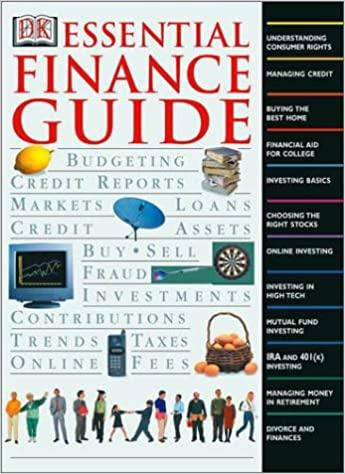Question
Suppose that three stocks (A, B, and C) and two common risk factors (1 and 2) have the following relationship: E(RA) = (2.6)1 + (3.4)2
Suppose that three stocks (A, B, and C) and two common risk factors (1 and 2) have the following relationship:
E(RA) = (2.6)1 + (3.4)2
E(RB)=(-0.2)1 +(2.3)2
E(RC)=(3.1)1 +(-1.2)2
Assume that all three stocks currently sell for $20 and will not pay a dividend in the next year.
If 1 = 3.2% and 2 = 1.7%, the prices expected next year for each of the stocks is:
A. E(Price A) = $17.53, E(Price B) = $19.13, E(Price C) = $17.86
B. E(Price A) = $22.82, E(Price B) = $20.65, E(Price C) = $21.58
C. E(Price A) = $20.64, E(Price B) = $20.34, E(Price C) = $21.73
D. E(Price A) = $17.53, E(Price B) = $19.37, E(Price C) = $18.54
E. None of the above
Step by Step Solution
There are 3 Steps involved in it
Step: 1

Get Instant Access to Expert-Tailored Solutions
See step-by-step solutions with expert insights and AI powered tools for academic success
Step: 2

Step: 3

Ace Your Homework with AI
Get the answers you need in no time with our AI-driven, step-by-step assistance
Get Started


